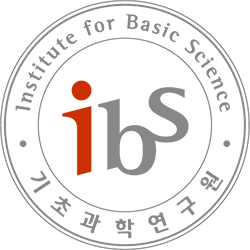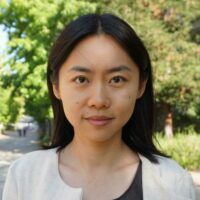Eui Min Jeong, Phenotypic switching in gene regulatory networks
B232 Seminar Room, IBS 55 Expo-ro Yuseong-gu, Daejeon, Daejeon, Korea, Republic ofWe will discuss about "Phenotypic switching in gene regulatory networks", PNAS (2014). Abstract Noise in gene expression can lead to reversible phenotypic switching. Several experimental studies have shown that the abundance distributions of proteins in a population of isogenic cells may display multiple distinct maxima. Each of these maxima may be associated with a …



